Top 3 Most Beautiful Historical Sites in Swaziland
The country is one of Africa's smallest, with 17,364 km2, and is barely more than half the size of Belgium or somewhat smaller than the US state of New Jersey. ... read more...The country's game reserves, such as the Mlawula Nature Reserve and the Hlane Royal National Park, are well-known for their rich wildlife, which includes lions, hippos, and elephants. Here are the most beautiful historical sites in Swaziland
-
The cultural village is a living museum that depicts a traditional Swazi lifestyle in the 1850s. It became one of the most beautiful historical sites in Swaziland. The building material is strictly traditional: poles, grass, reeds, leather stripes, earth, and dried cow dung. The Swazi Cultural Village is a small complex of sixteen houses, each with its purpose, as well as kraals and byres for cattle and goats, windbreaks made of reeds, and other buildings. The village depicts various aspects of the historic Swazi way of life, including social, economic, and religious aspects, via the use of traditional objects on exhibit.
The goal of the cultural village is to attract people from all over the world as well as Swazis from all corners of the country to come and learn about Swazi culture, which includes language, customs and practices, ceremonies, dance, and music, folklore, arts and crafts. His Majesty King Mswati III christened it "Ligugu Lemaswati" after the ceremonial opening, which means "The Pride of the Swazi People." The villagers, many of whom are dressed in traditional costumes, will greet you cordially when you arrive. "Yebo Nkosi" is the Swazi greeting for family members.
Your guide will not only explain how the huts and traditional goods are produced but may also teach you the Siswati terms for them. Interaction is encouraged, so take your hand at maize grinding and mountain grass plaiting, or join in on the Swazi song and dance. An offering of native cuisine and occasionally drink is made, but leave your utensils at home and experience the Swazi manner with your hands! This is an educational and fascinating event - a taste of authentic Swazi hospitality - that should not be missed. The Cultural Village is available to the public from 8 a.m. to 5 p.m. every day. Every day between 11.15 a.m. and 3.15 p.m., traditional dances are performed.
Location: MR19, Eswatini
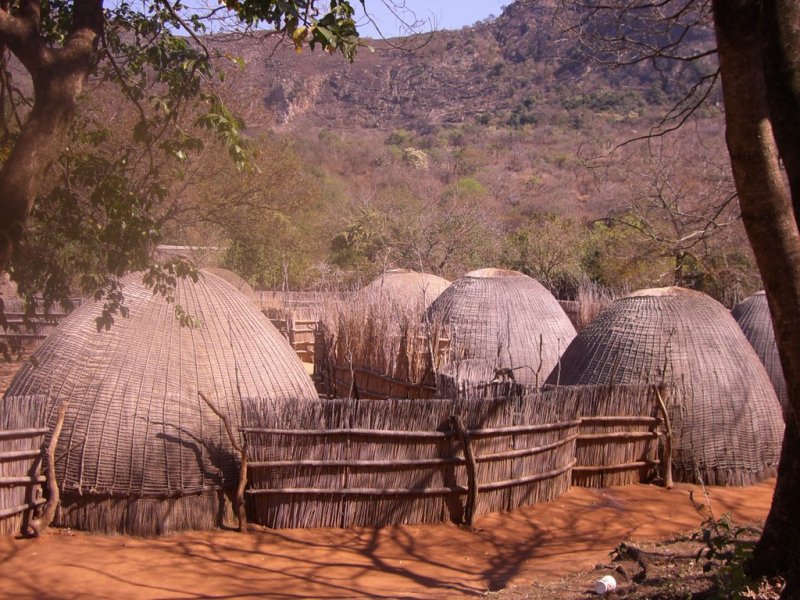
en.tripadvisor.com.hk 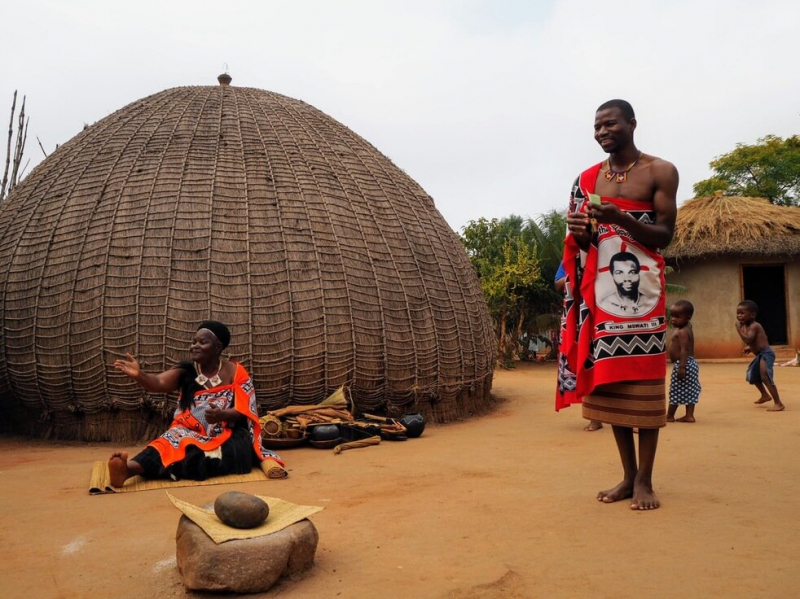
momentumtravels.com -
Ngwenya is the name given to eSwatini's second-largest mountain, which is located in the northeast near the major border gate and resembles a crocodile at first glance. On its summit lies a vast man-made crater, and on its side is the Lion Cavern, a little depression large enough to house a pride of lions. The world's oldest mine, an iron ore mine dating back at least 43,000 years, is located on its southern slope. The mineral extracted here was speculative, a gleaming ore that was traditionally used as body paint by chiefs for ceremonial events. The old mine's only remnant is a small hole in the hillside known as Lion Cavern, which should not be mistaken with the much bigger flooded quarry nearby caused by more contemporary mining activities. A guided tour of the mine is available.
In 2005, the Ngwenya visitor center opened, displaying several fascinating exhibits, including samples of various mineral deposits, archive photographs of early mining days, a life-size diorama of an iron-age smelter in operation, and a British-built steam engine that was shipped to Swaziland in 1913.
The mine's tourist attraction is the Lion Cavern. The Swaziland National Trust Commission (SNTC) and the Swaziland National Museum initiated a petitioning procedure with the United Nations Educational, Scientific, and Cultural Organization (Unesco) in 2008 to have the whole mining region declared a World Heritage Site. Unfortunately, the structure was destroyed by fire in late 2018 and has yet to be rebuilt.
Location: On Bomvu Ridge, northwest of Mbabane and near the northwestern border of Eswatini
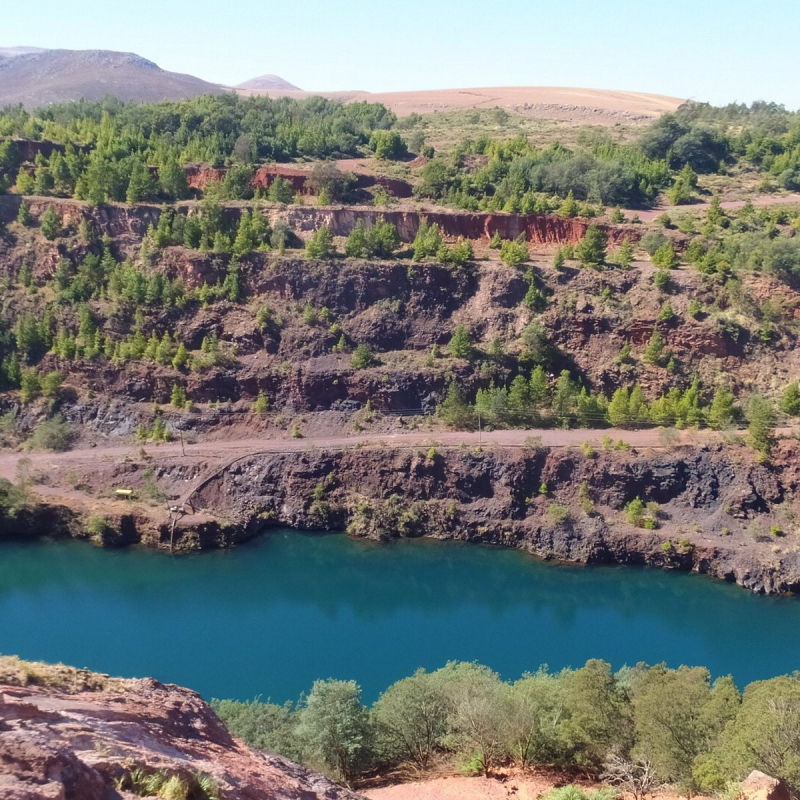
www.tripadvisor.com 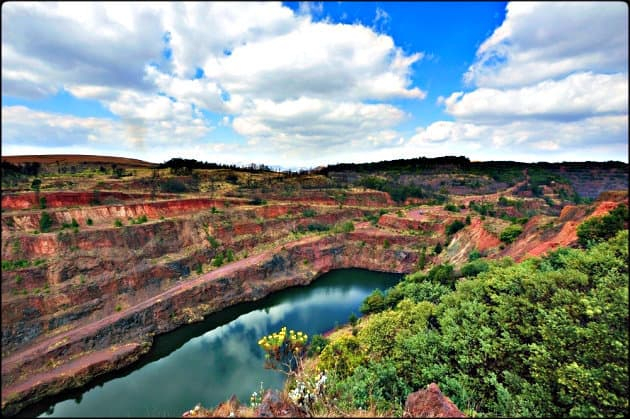
facebook.com -
Nsangwini Bushman Paintings is one of the most beautiful historical sites in Swaziland, preserving the country's greatest bushman paintings. In 1955, the caverns were found. The paintings, on the other hand, have been more difficult to date: they might be anywhere between 400 and 4,000 years old and were most likely painted over hundreds of years. This was the work of the San and predates colonial times, regardless of their age. Various creatures, including elephants, lions, and the only rock-art wildebeest south of the Zambezi, are vividly outlined on the rock.
The human figures are even more interesting. Some appear to be hunters, as they move in a line, spears in hand. Others are stranger, appearing to float on elevated legs and adorned with feathers and, in one example, a mantis' head. The figures to the right of a vertical crack in the rock appear unnaturally tall.
Archaeologists currently think that these paintings were created while in a shamanic trance and that many of them have symbolic significance. Red ochre and animal blood were used to create the masterpiece, which was done with incredible delicacy and accuracy. Given the ravages of time, its survival is a miracle, let alone in such vivid color and clarity.
Location: Kwakheni, Eswatini
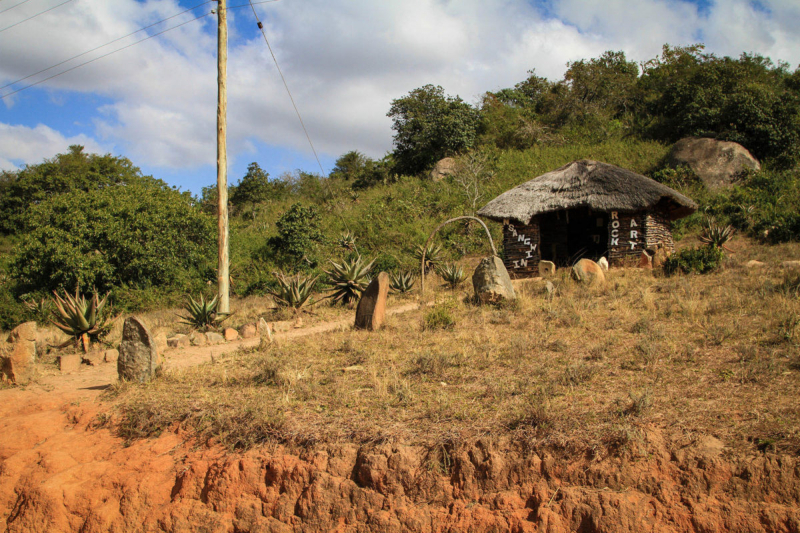
www.tripadvisor.com youtube.com
























